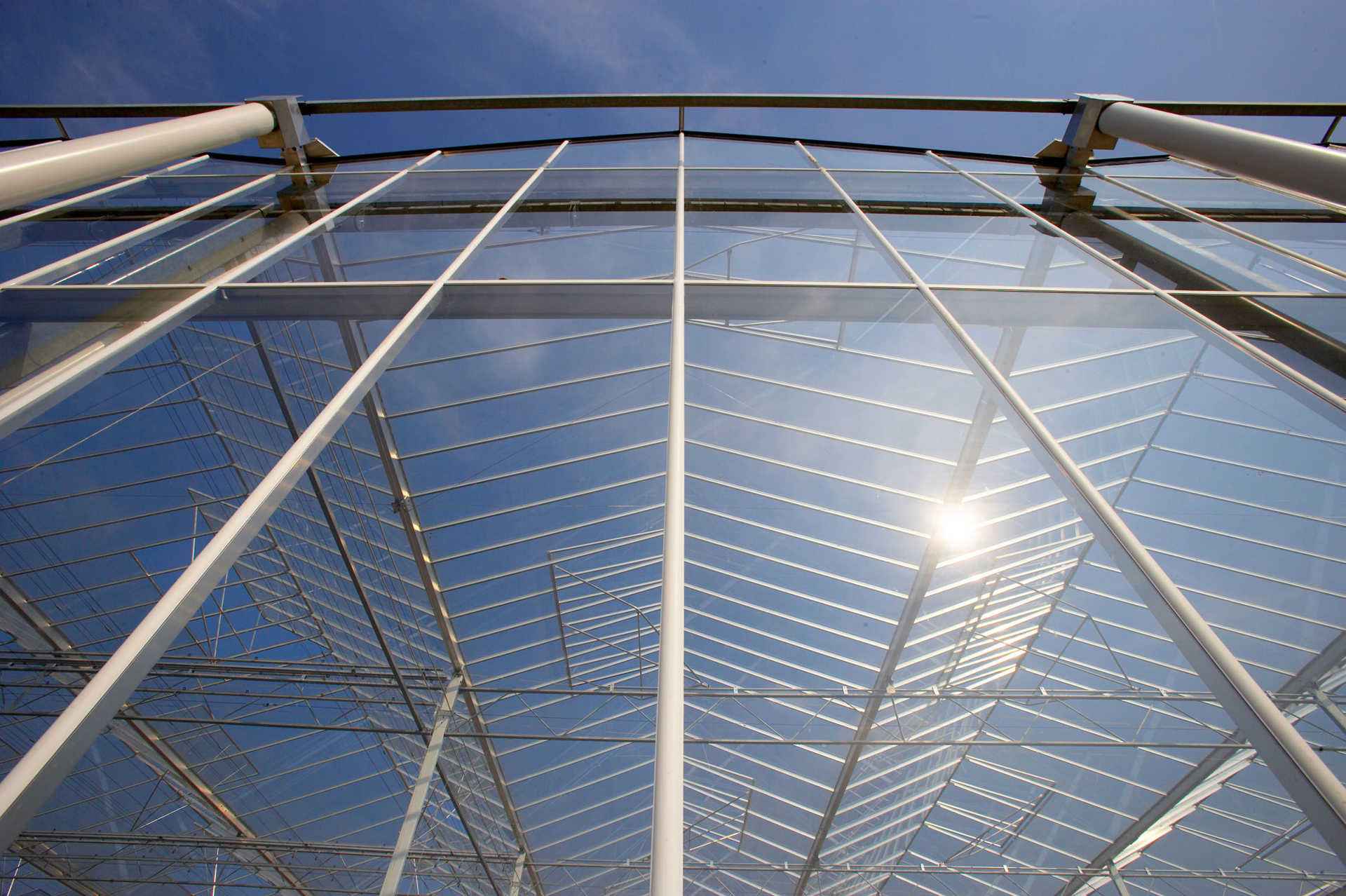Sensible Heat

Short definition
Sensible heat is the portion of greenhouse air enthalpy tied to the dry-bulb temperature, representing the energy required to raise or lower air temperature without phase change.
Expanded definition
=Sensible heat is measured as the energy associated with the dry-bulb temperature of air, separate from moisture energy. In greenhouse climate control, it quantifies how much heat must be added or removed by heating, cooling, ventilation, conduction, or radiation to reach a target air temperature. Because greenhouses house moist air, the sensible component interacts with humidity and can be estimated using Cp of air and the temperature differential between inside and outside. Accurate accounting of sensible heat enables proper energy balances, setpoint strategies, and system sizing, while recognizing that total enthalpy also includes latent heat from transpiration and moisture content. Synonyms and abbreviations: sensible heat, sensible energy, sensible component of enthalpy, sensible heat content.
In Greenhouse Context
In practical greenhouse operation, sensible heat plays a central role in maintaining canopy temperature and plant transpiration dynamics. Growers use heating systems to supply sensible heat when nights are cool, and fans, vents, and roof curtains to remove it when daylight irradiance drives rapid warming. The management of sensible heat is tightly linked to dehumidification strategies because cooling typically reduces air temperature and can inadvertently raise relative humidity, affecting disease risk and stomatal behavior. The energy balance relies on measuring air temperature and humidity to estimate Cp-weighted heat content, and on calculating heat gains from solar radiation, conduction through glazing, and the heat delivered by equipment. Temperature setpoints, automation logic, and sensor placement must consider the interaction between sensible heat and latent heat, especially during peak sun, warm afternoons, and drafty conditions, to avoid producing crop-stress temperatures or fungus-prone environments. Ventilation strategies depend on enthalpy difference; using outside air with lower enthalpy gives cooling; if outside enthalpy is higher, ventilation may bring in heat and humidity. Misting and evaporative cooling convert sensible heat to latent heat; these methods lower air temperature while preserving total enthalpy, and they must be scheduled to avoid dampening of air movement or leaf wetness risk. Sizing and control of heaters, radiant panels, and pipe loops require understanding of the rate of sensible heat transfer, expressed as W or W/m², and of how canopy heat exchange interacts with room air. Crop layout, canopy height, and irrigation timing influence heat capacity of the space. Operators should monitor indoor/outdoor temperature differential, humidity ratio in g/kg, and air density, to maintain a stable microclimate that supports growth without excessive energy use.
Examples and/or use cases
On a sunny summer day, a 2,000-m2 greenhouse uses exhaust fans and ridge vents to purge warm air and relies on outside air with lower enthalpy to reduce inner sensible heat; during cool nights in a controlled environment, a gas boiler or electric heater raises canopy temperature to target 22°C using measured delta T and a fixed Cp; in a humid subtropical climate, a cooling pad and fogging system cools the space by shifting sensible heat into latent heat, reducing leaf temperature while maintaining humidity within target limits; in a drought-prone facility, radiant heating coils deliver sensible heat efficiently during early morning start-up with high uniformity; infiltration through door gaps is minimized with weatherstripping, and sensors estimate sensible heat losses to adjust fan runs and insulation; these scenarios illustrate how sensible heat calculations inform real-time decisions and energy budgeting.
Relevance
Sensible heat is foundational to greenhouse psychrometrics and the design of climate control algorithms that separate temperature targets from moisture targets. In greenhouses, setpoints that ignore latent heatcan lead to elevated humidity and disease risk even when air temperature appears within range. Algorithms may use enthalpy-based logic to decide when to ventilate, when to humidify or dehumidify, and how to stage heating and cooling. Plant physiology responds to canopy temperature differently from ambient air temperature; thus, the ratio of sensible to latent heat influences stomatal conductance, transpiration rates, and photosynthetic efficiency under high light. Trade-offs exist: aggressive cooling saves water and energy but may reduce CO2 concentration or create drafts; aggressive heating raises energy costs but can sustain growth during cloudy periods. The overall objective is to minimize energy use while maintaining a stable, crop-friendly microclimate and to provide robust, sensor-driven control that compensates for changing external conditions. Sources — Books: Greenhouse Climate Control — Breuer; Greenhouse Climate Control — Knies; Heating, Ventilating and Cooling Greenhouses — ASAE/CEAC. Sources — Online: https://extension.psu.edu/psychrometric-chart-use/; https://ceac.arizona.edu/sites/default/files/asae_-_heating_ventilating_and_cooling_greenhouses.pdf; https://msu-prod.dotcmscloud.com/floriculture/uploads/files/Section%20_3.pdf; https://pdhonline.com/courses/m135/m135content.pdf